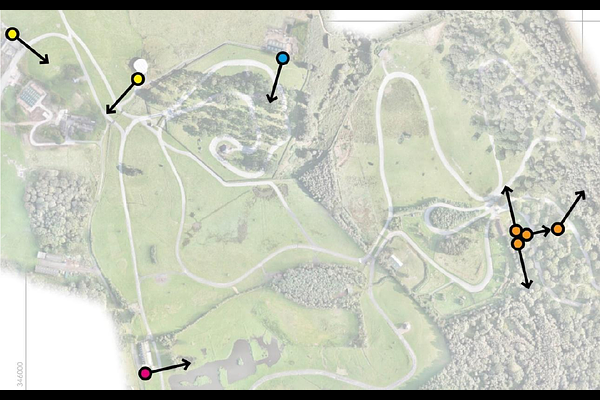Comparison of a computer vision model to a human observer in detecting African mammals in camera trap images within a safari park

Comparison of a computer vision model to a human observer in detecting African mammals in camera trap images within a safari park
Davies Walsh, N.; Chalmers, C.; Fergus, P.; Longmore, S.; Johnson, B.; Wich, S.
AbstractRemote monitoring technologies are increasingly utilized in animal research for their capacity to enhance data collection efficiency. However, they present challenges, and as such researchers have resorted to utilizing deep learning to automatically classify acquired data therefore expediting the review process. While this practice is common in field studies it has been less adopted in zoo monitoring. In this paper we deploy the YOLOv10x model to monitor four species at Knowsley Safari in the UK: African lions (Panthera leo), Southern white rhino (Ceratotherium simum simum), Grevys zebra (Equus grevyi) and Olive baboons (Papio anubis). Camera trap images were processed and classified using the Conservation AI desktop application. The raw images were saved to facilitate the comparative analysis of the models predictions against the findings of human observed images. Processing time for both methods was compared using a subset of 3015 images with Conservation AI, reducing the time required to classify the images by 82% compared to a human analyst. Confusion matrix results showed high accuracy rates for all four species (>0.90). Analysis of count data showed significant differences in three species, where the human observer recorded more observations of each than Conservation AI (lion, rhino, baboon p<0.005). However, no significant difference was seen in zebra (p>0.05). A strong positive correlation in count data between both methodologies was seen in all species; baboon (rho=0.955, p<0.005), lion (rho = 0.969, p<0.005), rhino (rho=0.887, p<0.005) and zebra (rho=0.843, p<0.005). This study highlights the potential for these technologies as a monitoring system in zoos.